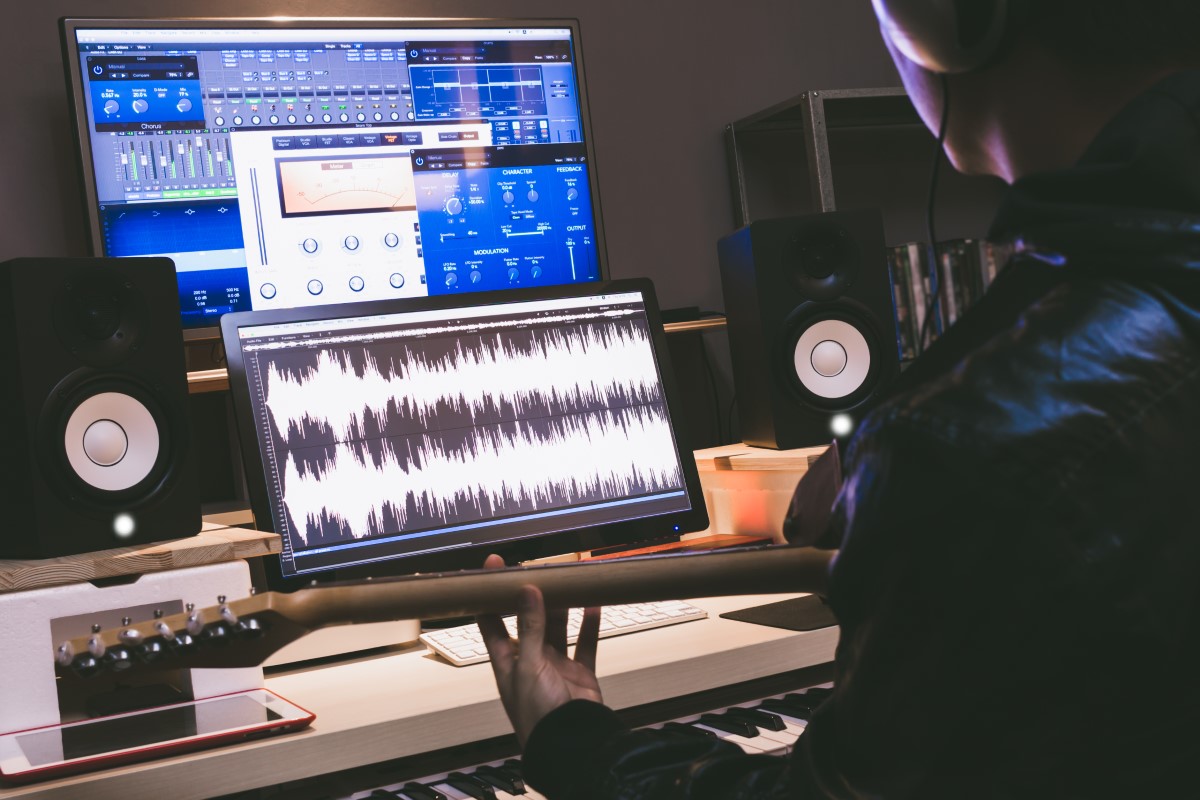First let me say, creating music is subjective. So you can use reverb on whatever you think would sound good with reverb. However, there are some guidelines to follow that will help you get the best reverb sound. If you’re not careful, the reverb can overwhelm the instrument and lead to a muddy or washed out mix.
If you’re new to reverb, I would suggest getting a decent reverb plugin (see below for plugin suggestions) and starting with one of its presets. Then adjust to your liking.
Just make sure you’re using contrast in your production. Don’t slap reverb on every single instrument because then it will sound washed out and/or muddy. For example, if you have a ton of reverb on the vocals, keep the reverb low (or non-existent) on the acoustic guitar.
Generally speaking, here are the situations when you’d want to use reverb:
- To add a sense of space: Reverb can help give your instrument the sense of being in the same or different spaces.
- To create a sense of depth: Reverb can give the sense that the instruments are sitting different distances away from the listener.
On any good reverb plugin, you’ll see a bunch of settings. It might feel overwhelming, so here’s a simple breakdown of what these settings do:
- Wet/dry balance: This determines the balance between the wet (reverberant) and dry (direct) sounds in the mix. A higher wet level will make the reverb more pronounced, while a lower wet level will make it less noticeable.
- Decay time: This determines how long the reverb tail will last. A longer decay time will create a more pronounced reverb effect, while a shorter decay time will create a more subtle effect.
- Pre-delay: This determines the amount of time between when the instrument plays and when the reverb kicks in. A longer pre-delay can be good on vocals because it allows space for the words to be perceivable (70-120ms is typically good for vocals).
- Low- and high-frequency damping: This controls the amount of high- and low-frequency content in the reverb tail. High-frequency damping will make the reverb sound duller and less bright, while low-frequency damping will make it sound more boomy and full.
- Reverb size: This determines the size of the virtual space being simulated by the reverb.
- Reverb shape: This determines the overall character of the reverb. Different shapes will create different tonal qualities and can be used to simulate different types of spaces or reverb devices.
It may be a good idea to bus your instruments to a reverb track. This gives you more control over the sound and it allows you to apply the same reverb to multiple channels at once. After you do that, it’s a good idea to add an EQ plugin after the reverb plugin on the reverb bus channel – this allows you to remove low and/or high frequencies from the reverb to ensure it doesn’t muddy the mix.
But again, the first step is to start with a preset (comes built-in to any good reverb plugin) and adjust as you see fit.
